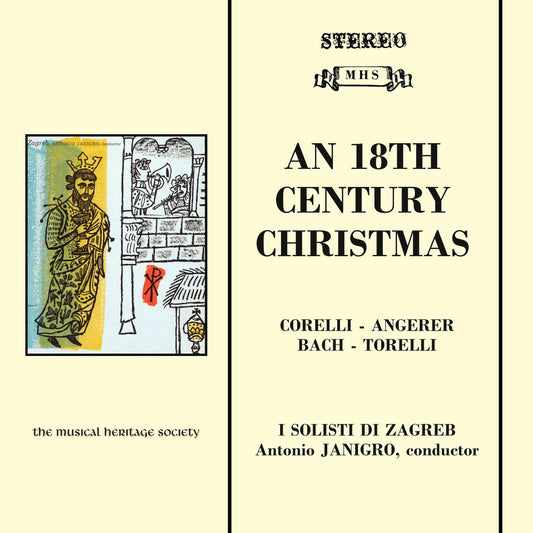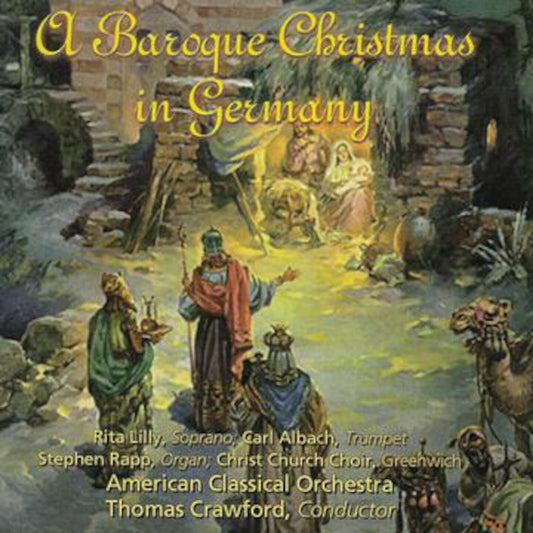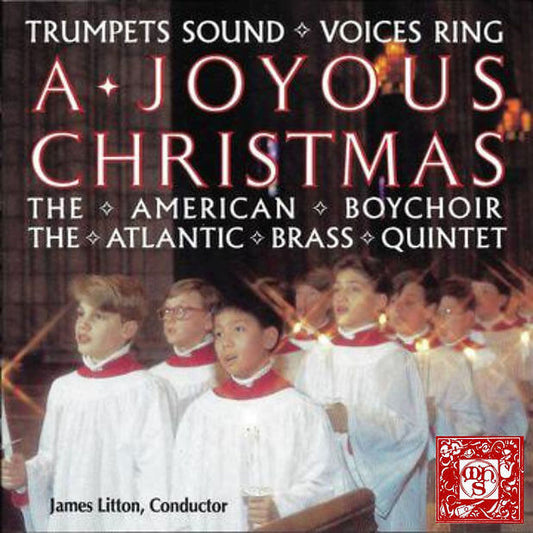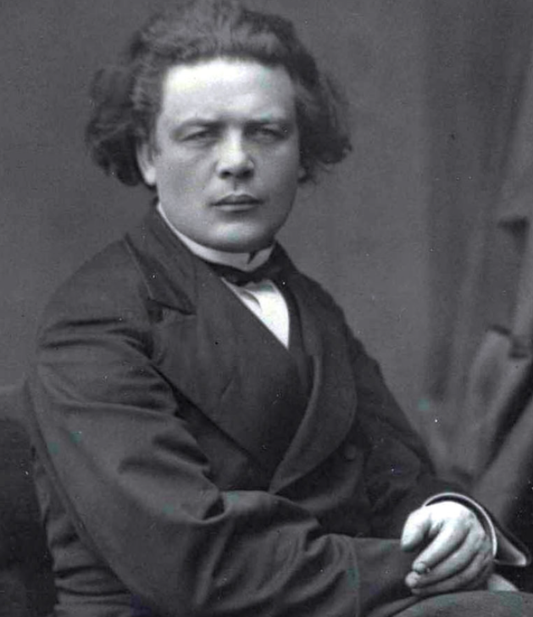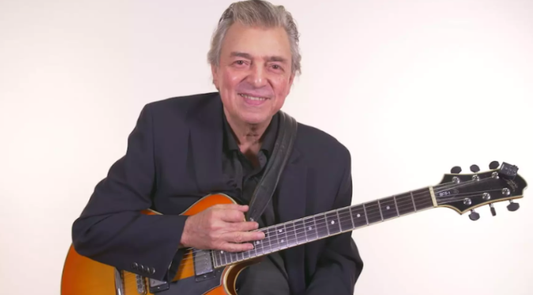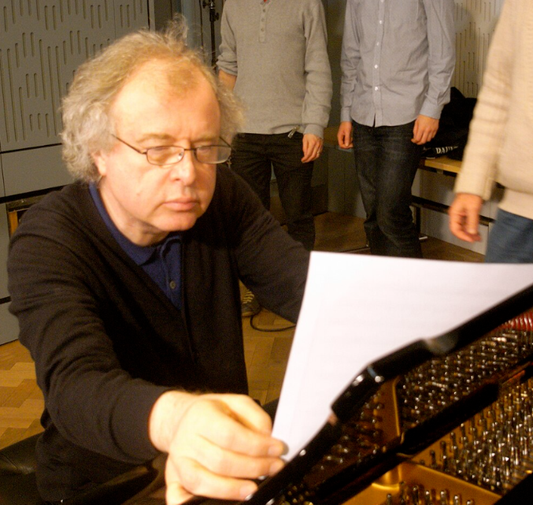Collection: ARCHANGELO CORELLI (1653-1713)
In the grand tapestry of the Baroque era, a period teeming with musical giants like Bach, Handel, and Vivaldi, Arcangelo Corelli stands as a figure of unique and foundational importance. Though his surviving compositional output is remarkably small, its influence was immense, shaping the very language of instrumental music for generations. As a celebrated violinist, a revered teacher, and a master of form, Corelli’s life and work represent a pivotal moment in music history, where the foundations of modern tonality and violin technique were elegantly and definitively established.
Born in 1653 in the small town of Fusignano, Italy, Corelli’s musical journey began early. His prodigious talent on the violin led him to Bologna, a major centre for instrumental music, where he studied and absorbed the prevailing style. By 1670, he was admitted to the prestigious Accademia Filarmonica of Bologna, a testament to his already formidable skills. However, it was his move to Rome around 1675 that would define his career. The Eternal City, with its powerful and wealthy clerical aristocracy, was a hub of artistic patronage, and Corelli quickly found his place within its elite circles.
His career in Rome was marked by a series of powerful patrons, including the exiled Queen Christina of Sweden and Cardinal Benedetto Pamphili. His most significant and lasting relationship, however, was with the young and immensely wealthy Cardinal Pietro Ottoboni. From 1690 until his death, Corelli lived in the Cardinal’s palace, leading his orchestra and directing the spectacular weekly concerts that became a highlight of Roman cultural life. This stable and supportive environment provided him with the freedom to perfect his craft as a performer and composer, unburdened by financial concerns. He became a Roman institution, a celebrated virtuoso whose performances were legendary for their lyrical beauty and expressive power, rather than for sheer virtuosic display.
Corelli’s genius as a composer is evident in his meticulously crafted works, which he published in six collections, or "Opuses." These consist of four sets of trio sonatas (Op. 1-4), a groundbreaking collection of violin sonatas (Op. 5), and his most famous work, the twelve Concerti Grossi (Op. 6), which were published posthumously in 1714. Unlike the often-fiery and flamboyant style of his contemporary Vivaldi, Corelli's music is characterized by its nobility, clarity, and perfect balance. He was a classicist of the Baroque, prioritizing lyrical melody, rational structure, and harmonious elegance.
His contribution was twofold. First, he was instrumental in solidifying the genres of the trio sonata and the concerto grosso. His Op. 6 Concerti, in particular, became the definitive model for the form, studied and emulated across Europe by composers including George Frideric Handel. The dialogue between the small group of soloists (the concertino) and the larger orchestra (the ripieno) in his works is a model of textural clarity and dramatic grace, epitomized in the famous "Christmas Concerto" (Op. 6, No. 8).
Second, and perhaps more fundamentally, Corelli was a key architect of modern tonality. His compositions are textbook examples of the newly established major-minor key system, with clear, logical harmonic progressions that create a sense of direction and resolution. As a violinist and teacher, he established the foundations of modern technique, codifying bowing and fingering in a way that emphasized a beautiful, singing tone over empty pyrotechnics. His students, such as Francesco Geminiani and Pietro Locatelli, would spread his teachings throughout Europe, cementing his legacy as the "founder of modern violin playing."
Arcangelo Corelli died in Rome in 1713, a wealthy and highly respected man. He was buried in the Pantheon, a rare honour for a musician. His legacy is not one of prolific output, but of profound impact. He did not invent the forms he used, but he perfected them, endowing them with a timeless elegance and structural integrity that created a common musical language for the High Baroque. Through his refined compositions and his influential teaching, Corelli built the very foundation upon which the towering achievements of Bach and Handel would soon be constructed.

